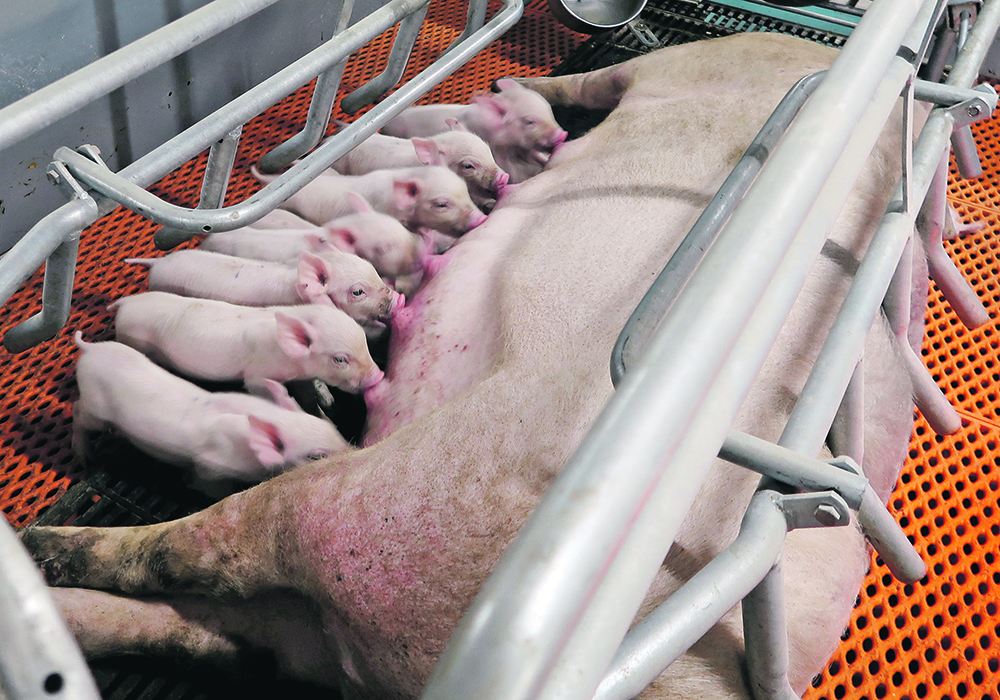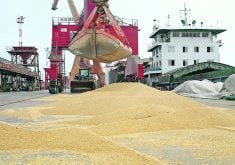Soybean and soymeal prices started falling in China at the beginning of March and had not recovered as of mid-April
There are signs that China’s soybean demand is slumping, which has ramifications for other crops like canola.
The U.S. Department of Agriculture lowered the country’s estimated 2022-23 soybean crush by one million tonnes in its latest World Agricultural Supply and Demand Estimates report.
Crush is still expected to be robust at 91 million tonnes. And the country imported a record 23 million tonnes of soybeans during the first quarter of 2023, up 13.5 percent from last year.
But while March imports were historically high, traders had been expecting an even bigger program.
Read Also

Why feds imposed EV tariffs
Moe and Kinew have a fight on their hands when it comes to eliminating the EV tariff. Canada has to worry about pissing off the U.S. and Mexico and hundreds of thousands of auto workers.
The lower crush number was a surprise, the first inkling that something is not quite right in a market that accounts for 58 percent of world soybean trade.
“Something has happened to demand in China,” DTN lead analyst Todd Hultman said during a recent webinar.
“We don’t know exactly what.”
Soybean and soymeal prices on China’s Dalian Commodity Exchange started falling at the beginning of March and had not recovered as of mid-April. Hultman called that concerning.
“It’s really the first significant selloff we’ve seen in many, many months,” he said.
“China survived a lot of negative headlines last summer and last fall. But only when we got to the month of March did we actually see some kind of problem in the soybean demand for China.”
Hultman wondered if the price decline has something to do with reports of slumping demand caused by a resurgence of African swine fever cases.
Reuters recently reported a surge in ASF cases that is expected to reduce hog numbers in China later this year.
The initial wave of the disease in 2018 and 2019 resulted in the slaughter of millions of pigs.
An analyst at Huachuang Securities said the number of positive detections in a single month in 2023 was as much as all of 2022.
“We guess that the current swine fever infection area in northern production areas may be reaching 50 percent,” said the analyst.
The firm believes ASF could reduce China’s overall hog production by more than 10 percent, which would cause reduced feed consumption.
The Reuters report is at odds with a March 30 report from the United Nations’ Food and Agriculture Organization.
It said the possible surge in northern areas was not as dramatic as reported by media outlets and that the occurrence of ASF in March was less than in February.
Hultman said another explanation could be an avian flu outbreak affecting demand from the poultry sector.
He is going to keep a watchful eye on Chinese demand. Right now, China is buying most of its soybeans from Brazil, which harvested a record crop.
But the pendulum will eventually swing back to U.S. soybeans and the level of that demand will have an influence on Canadian canola prices.
“It will be interesting to see if that demand heats up this summer before they come back to the U.S. for purchases in the fall,” said Hultman.
















